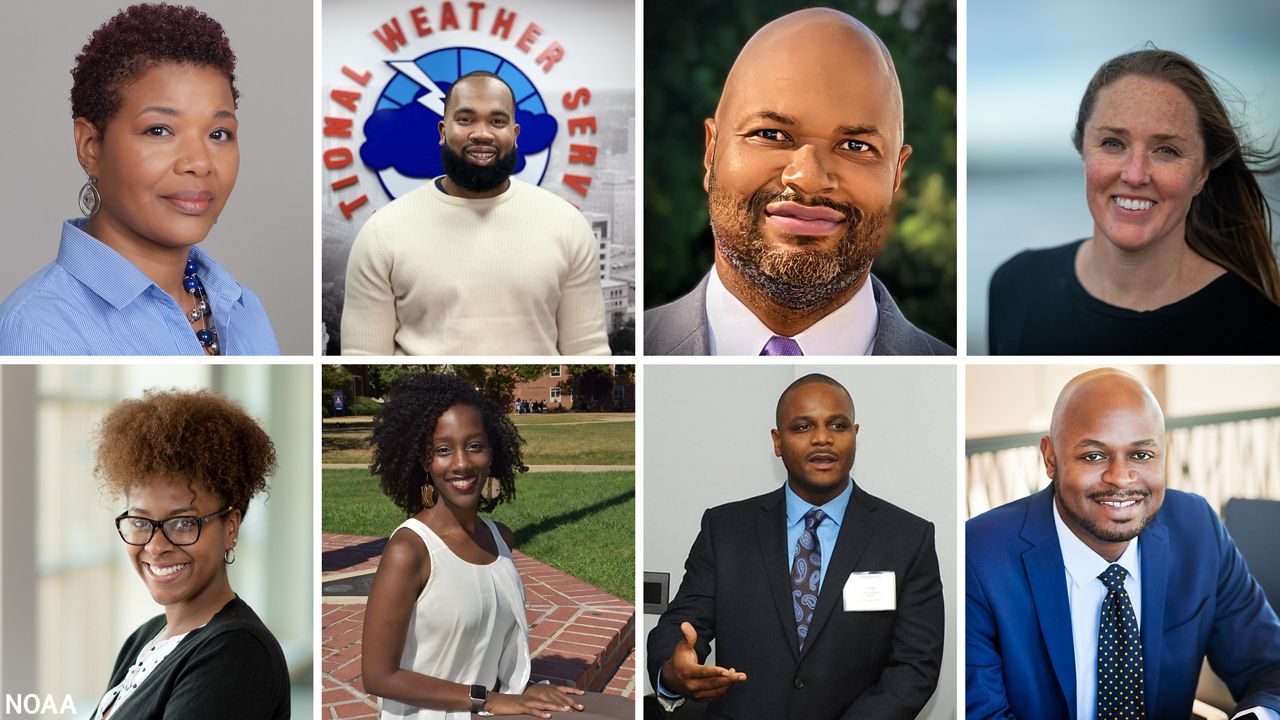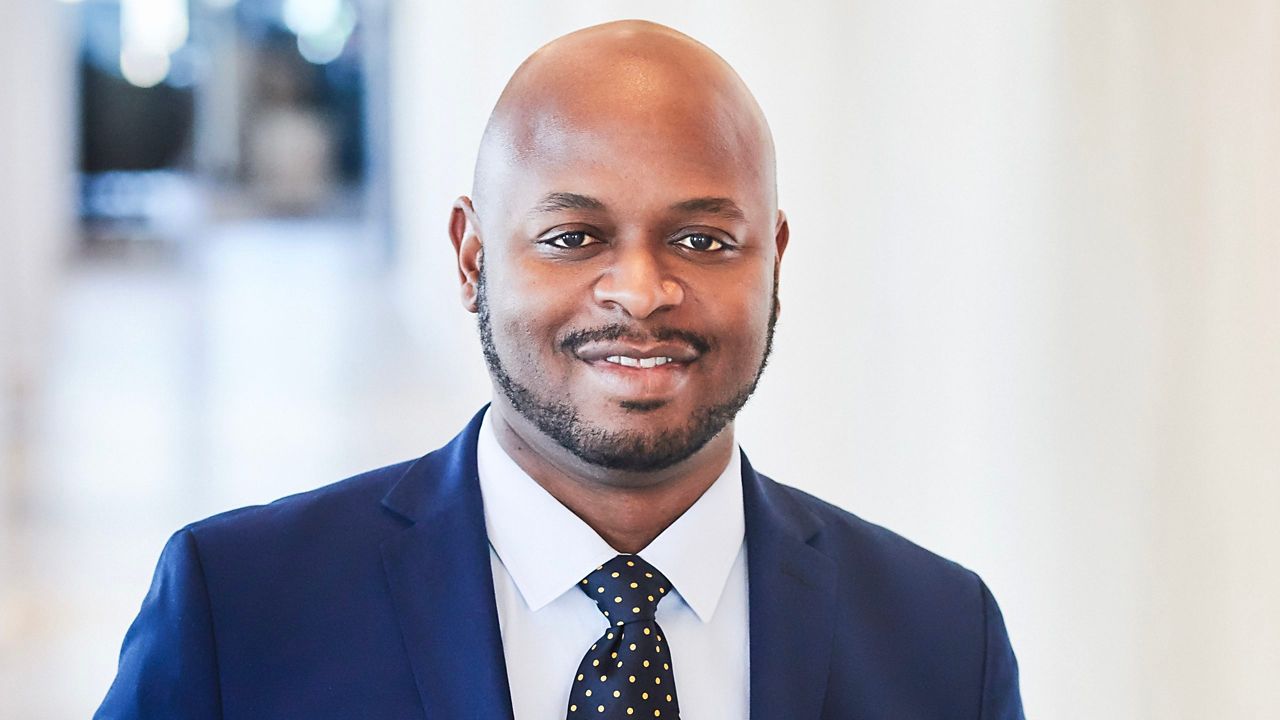Dr. DaNa Carlis is breaking barriers as the first African-American to lead NOAA’s National Severe Storms Laboratory (NSSL) in Norman, Oklahoma.
The laboratory studies severe weather, from tornadoes to winter weather. The National Weather Service uses their research to warn us and keep us safe from disruptive weather events.
NOAA appointed Carlis to the role in January 2023. Carlis is the first Black man named as a lab director.
We spoke to the NSSL director in 2023 about his historic appointment, his future for the NSSL and how he plans to inspire more Black Indigenous People of Color (BIPOC) in meteorology.
“It feels amazing! I am humbled by the opportunity to serve in this capacity as director of the National Severe Storms Laboratory,” said Carlis, describing his accomplishment.
A few years ago, the NSSL Director didn't think he'd be taking this path in his career. However, he said he was striving for an opportunity to be a leader of science within NOAA.
Carlis is excited to inspire the next generation of science leaders.
“I’m looking forward to continuing to uplift others with the BIPOC community that can serve in this capacity. It’s been a passion of mine to help and develop the next generation workforce,” said Carlis.
Over his 20-year career, Carlis led efforts to advance diversity, equity and inclusion within NOAA. He’s the co-founder of NOAA’s Diversity and Professional Advancement Working Group (DPAWG).

Carlis knows how big of a deal it is to be the first African-American to lead this agency.
“I’m a firm believer that there are more talented people than me out there that will deserve this opportunity and probably have deserved it in the past. So, that I’m the first is humble... but you know I got to continue to strive for change and NOAA is right behind me in terms of diversity, inclusion and equity in our senior leadership ranks,” Carlis told Spectrum News.
NOAA Administrator Rick Spinrad, Ph.D. supports Carlis’ mission. Spinrad gave this statement in a news release: “NOAA is fortunate to have a leader with deep scientific expertise and the strong skills to elevate diversity, equity and inclusion into all aspects of NSSL’s culture.”
The role is a homecoming for Carlis, who grew up in Tulsa. Carlis is happy to be back in his home state and doing what he loves.
“I am going to full circle, returning to my roots of being in Oklahoma…. I have kept myself grounded on who I am and where I come from,” said Carlis.
The Tulsa native says his upbringing made him the man he is today.
The NSSL director credits his mentors with sparking his passion for science.
“It was mentors that really drew me in and after that first course in atmospheric science I fell in love with it because it was so applicable to people’s everyday lives,” Carlis recounted.
He also takes great pride in graduating from Howard University, a Historically Black College and University (HBCU) in Washington D.C.
“The main thing that really helped me… that I really needed was the support system. I needed to believe in me, I needed to be supported by people that was going to help raise me up and make sure and hold me accountable for being excellent, being a high achiever… that’s what Howard University gave to me,” Carlis told us.
“I got to go in and learn the organization. So, I’ll sit back and listen for a few months and try to figure out… where we need to improve weather that is on the business side or science and technology side,” said Carlis.
The severe storms lab is a busy place, with its PERiLS project, radar improvements, field campaigns and much more.
The NSSL director says his mission for the agency is to meet their goals and make sure they're successful. One of his priorities is to increase the engagement between the underserved communities and the NSSL.
“The integration of social science and physical sciences like in meteorology and atmospheric is going to be really key to us being able to engage and serve those folks that are from underserved communities even better,” said Carlis.
In addition, Carlis thinks this is an opportune time for aspiring meteorologists to get into the field. He has this advice for them.
“I would love to see more African-American, Black meteorologists or just BIPOC meteorologist coming into this field because it just such a gratifying field of work that we do because of the impact that we have on people’s lives… so we need you.”
Our team of meteorologists dives deep into the science of weather and breaks down timely weather data and information. To view more weather and climate stories, check out our weather blogs section.



